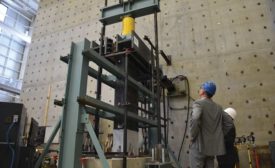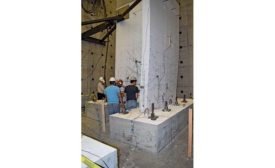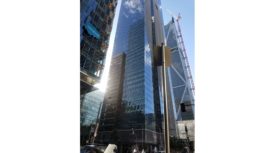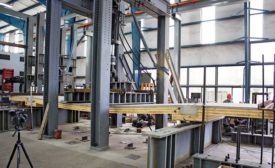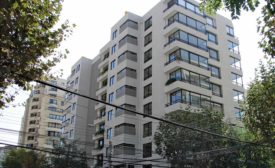Articles by Nadine M. Post
Buildings
San Francisco Issues Rules for High-Rise Foundations
Projects sited in areas with the worst soil—in high-risk seismic zones and subject to liquefaction—would require more than one geotechnical engineer on the peer-review team.
Read More
The latest news and information
#1 Source for Construction News, Data, Rankings, Analysis, and Commentary
JOIN ENR UNLIMITEDCopyright ©2025. All Rights Reserved BNP Media.
Design, CMS, Hosting & Web Development :: ePublishing


